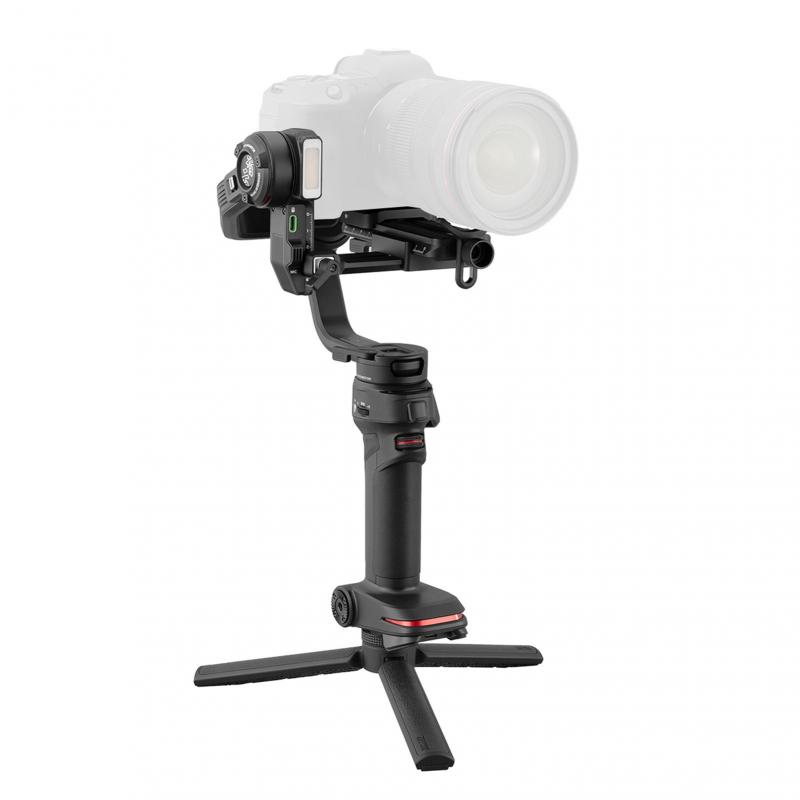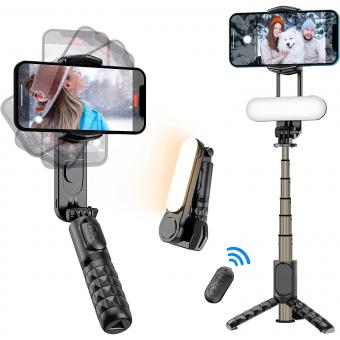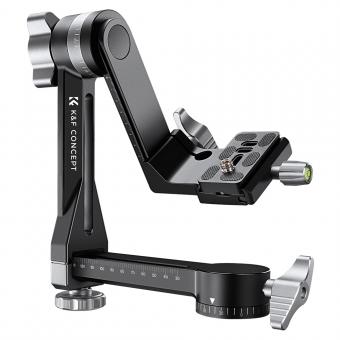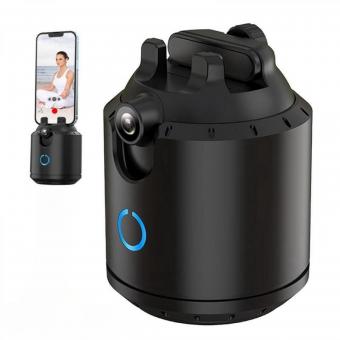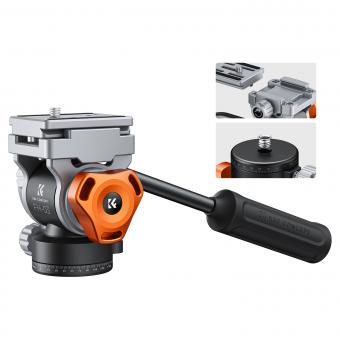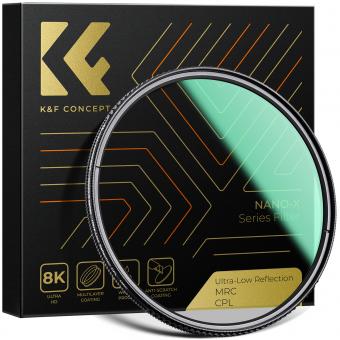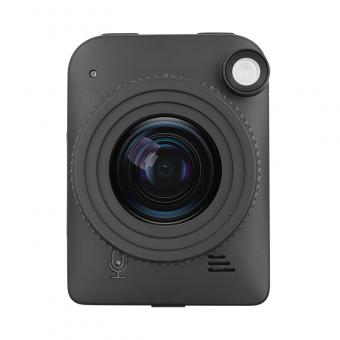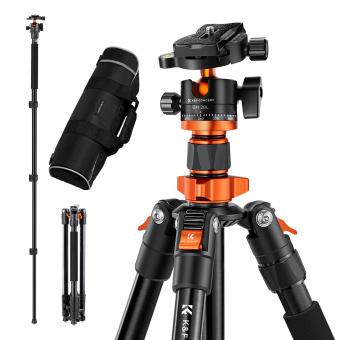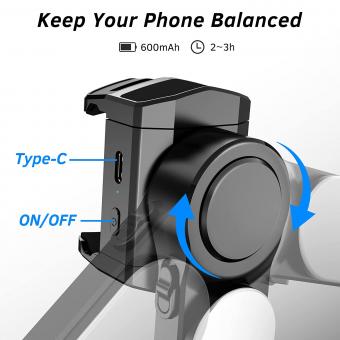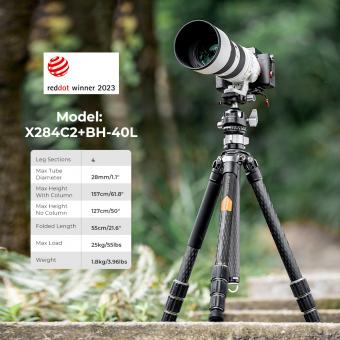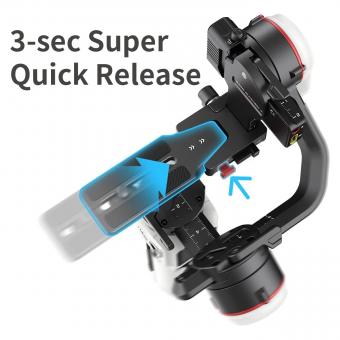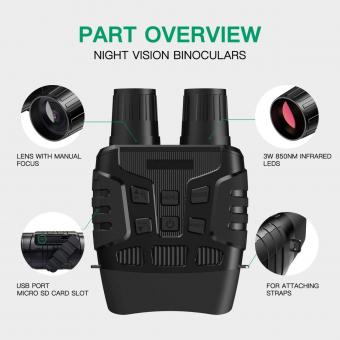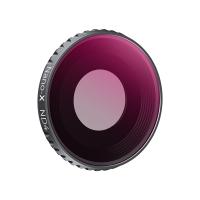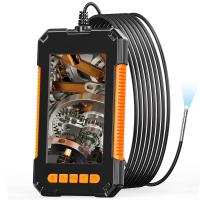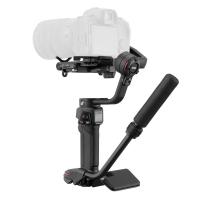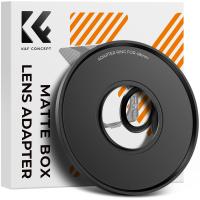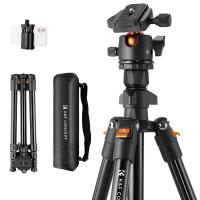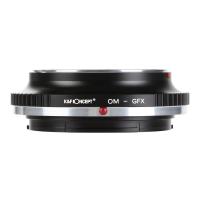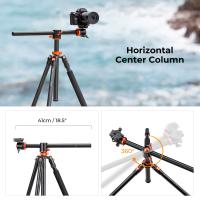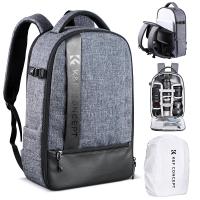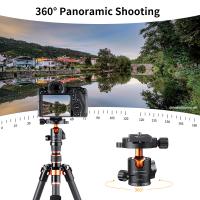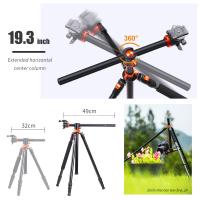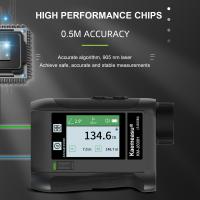How Does A Gimbal Work ?
A gimbal is a device that is used to stabilize and control the movement of a camera or other equipment. It works by using a series of motors and sensors to detect and counteract any unwanted movement or vibration.
The basic principle behind a gimbal is that it allows the camera or other equipment to remain level and stable, even when the operator is moving or the surface is uneven. This is achieved by using a series of three axes, each of which is controlled by a motor and sensor.
The first axis is the pitch axis, which controls the up and down movement of the camera. The second axis is the roll axis, which controls the side to side movement of the camera. The third axis is the yaw axis, which controls the rotation of the camera.
By constantly monitoring the movement of the camera and making small adjustments to each of these axes, the gimbal is able to keep the camera level and stable, even when the operator is moving or the surface is uneven. This makes it an essential tool for filmmakers, photographers, and other professionals who need to capture smooth, stable footage.
1、 Gyroscopic stabilization
A gimbal is a device used to stabilize cameras, drones, and other equipment to ensure smooth and steady footage. The gimbal works by using gyroscopic stabilization, which is a system that uses the principles of angular momentum to keep the camera level and steady.
The gimbal consists of three axes: pitch, roll, and yaw. Each axis has a motor that can move the camera in that direction. The motors are controlled by sensors that detect the movement of the camera and adjust the motors accordingly to keep the camera level.
The gyroscopic stabilization system works by using a spinning wheel or disc that resists changes in its orientation. When the camera moves, the spinning wheel or disc resists the movement and keeps the camera level. This system is similar to the way a spinning top stays upright even when it is tilted.
The latest point of view on gimbal technology is that it has become more advanced and accessible to consumers. With the rise of smartphone cameras and social media, gimbals have become more affordable and portable, allowing anyone to capture smooth and steady footage. Additionally, some gimbals now have advanced features such as object tracking and motion time-lapse, making them even more versatile for different types of filming. Overall, gyroscopic stabilization technology has revolutionized the way we capture and share visual content.

2、 Three-axis rotation
How does a gimbal work? A gimbal is a device that allows for smooth and stable camera movement by using three-axis rotation. The three axes are pitch, roll, and yaw, which correspond to up and down, side to side, and rotation around the central axis, respectively. By using motors and sensors, the gimbal can detect and counteract any unwanted movement in these three axes, resulting in smooth and stable footage.
The latest point of view on gimbals is that they have become increasingly popular in recent years due to the rise of social media and content creation. With the ability to capture high-quality footage on smartphones and other portable devices, gimbals have become an essential tool for creators looking to produce professional-looking content. Additionally, gimbals have become more affordable and accessible, making them a viable option for amateur filmmakers and hobbyists.
In conclusion, a gimbal works by using three-axis rotation to stabilize camera movement. With the rise of social media and content creation, gimbals have become an essential tool for creators looking to produce high-quality footage. As technology continues to advance, we can expect to see even more innovative uses for gimbals in the future.
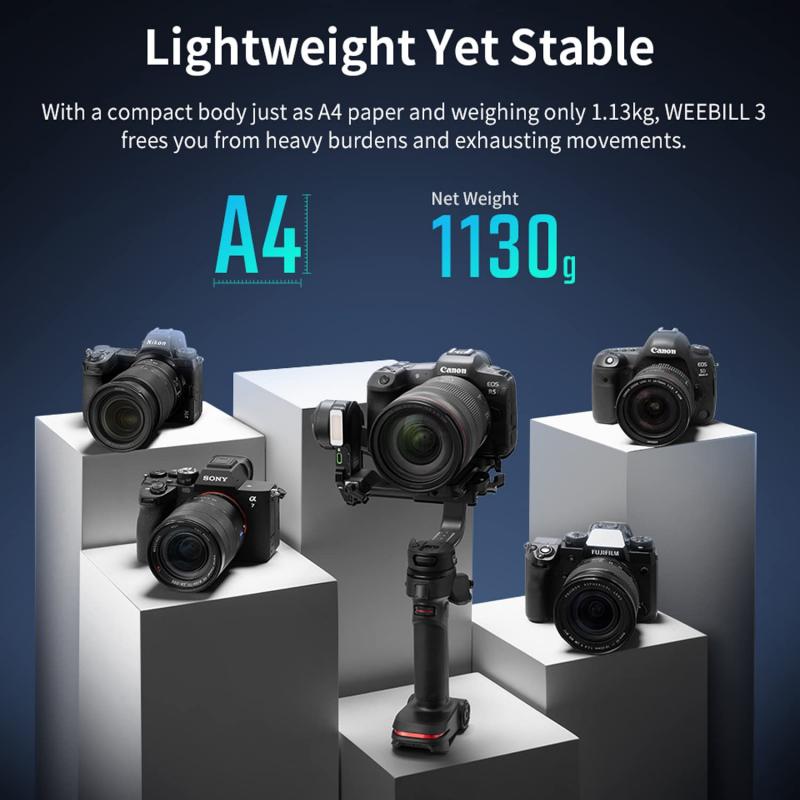
3、 Inertial measurement unit
How does a gimbal work? A gimbal is a device that is used to stabilize a camera or other equipment by allowing it to rotate around multiple axes while maintaining a level position. The basic principle behind a gimbal is that it uses a set of pivots to isolate the camera from any external movements or vibrations, allowing it to remain steady and level.
One of the key components of a gimbal is the inertial measurement unit (IMU), which is a sensor that measures the rotation and acceleration of the camera. The IMU sends this data to a microprocessor, which then adjusts the position of the gimbal motors to compensate for any movement or vibration.
The latest point of view on gimbal technology is that it has become increasingly popular in recent years, particularly in the field of aerial photography and videography. With the rise of drones and other unmanned aerial vehicles, gimbals have become an essential tool for capturing smooth and stable footage from the air.
In addition to their use in aerial photography, gimbals are also commonly used in handheld camera rigs, where they can help to eliminate the shakiness and instability that can occur when filming on the move. Overall, the technology behind gimbals continues to evolve and improve, with new innovations and advancements being made all the time.
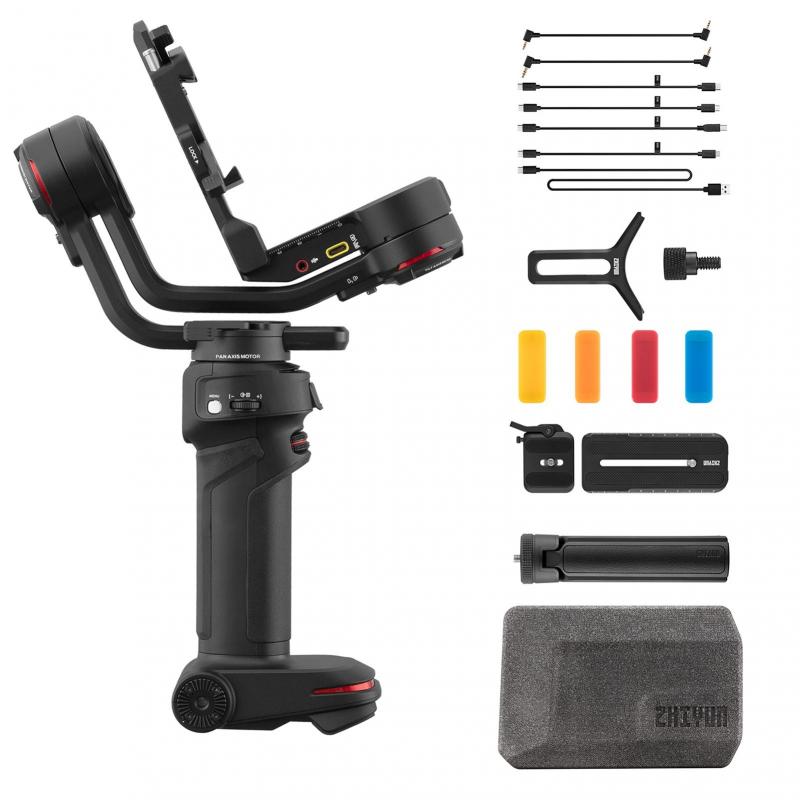
4、 Brushless motors
How does a gimbal work? A gimbal is a device that is used to stabilize a camera or other equipment. It works by using brushless motors to keep the camera level and steady, even when the operator is moving. The gimbal is made up of three axes, each of which is controlled by a motor. These motors work together to keep the camera level and steady, no matter how the operator moves.
The latest point of view on how a gimbal works is that it uses advanced algorithms and sensors to detect and compensate for movement. These algorithms are designed to analyze the movement of the camera and make adjustments to the motors in real-time. This allows the gimbal to provide smooth and stable footage, even when the operator is moving quickly or in difficult terrain.
The brushless motors used in a gimbal are designed to be lightweight and efficient. They are also very precise, which allows them to make small adjustments to the camera's position quickly and accurately. This is important for capturing high-quality footage, especially in situations where the camera is moving quickly or in difficult conditions.
Overall, a gimbal is an essential tool for anyone who wants to capture smooth and stable footage. Whether you are a professional filmmaker or a hobbyist, a gimbal can help you take your footage to the next level.
